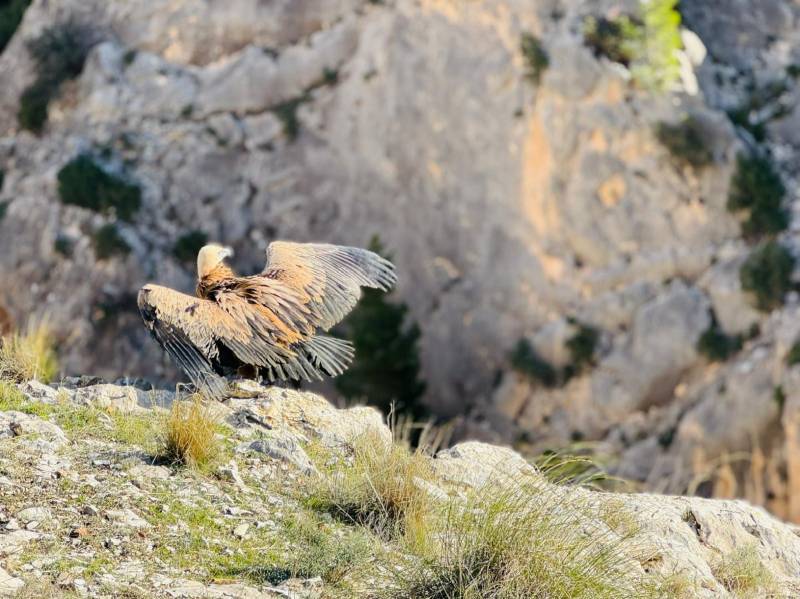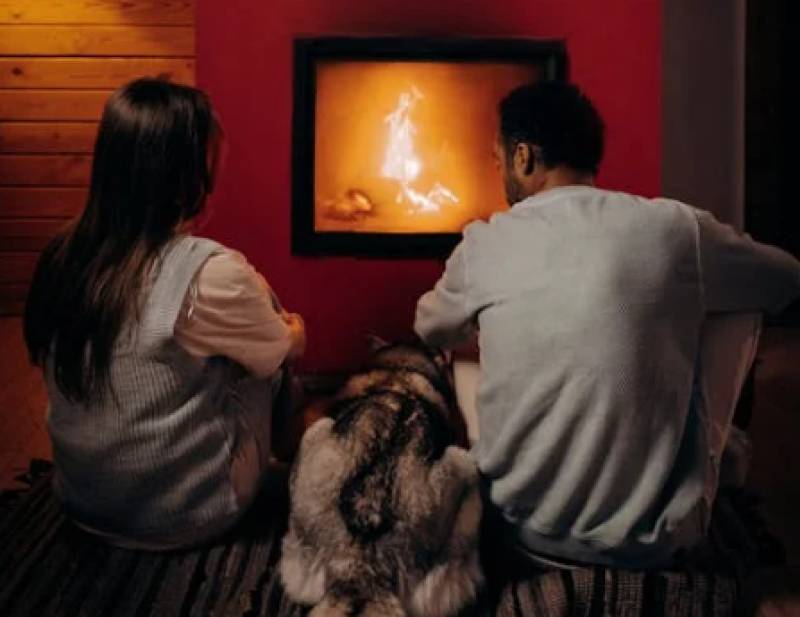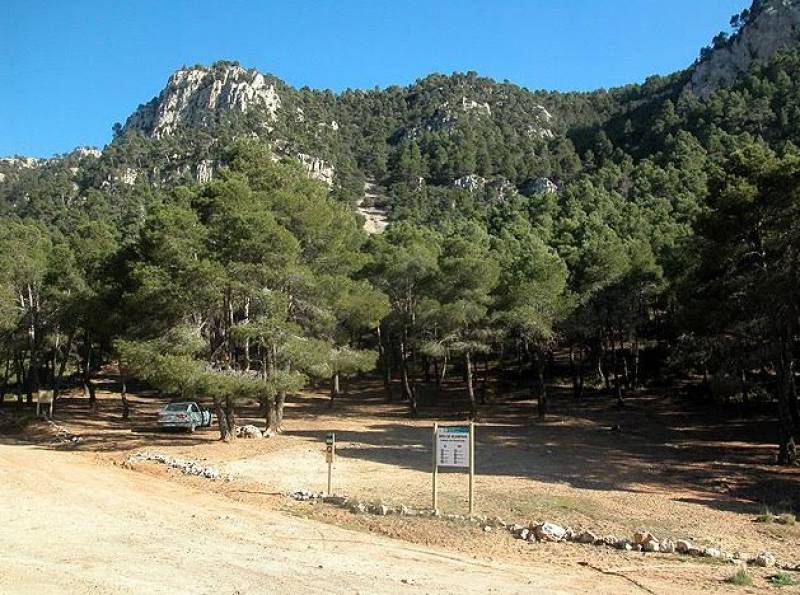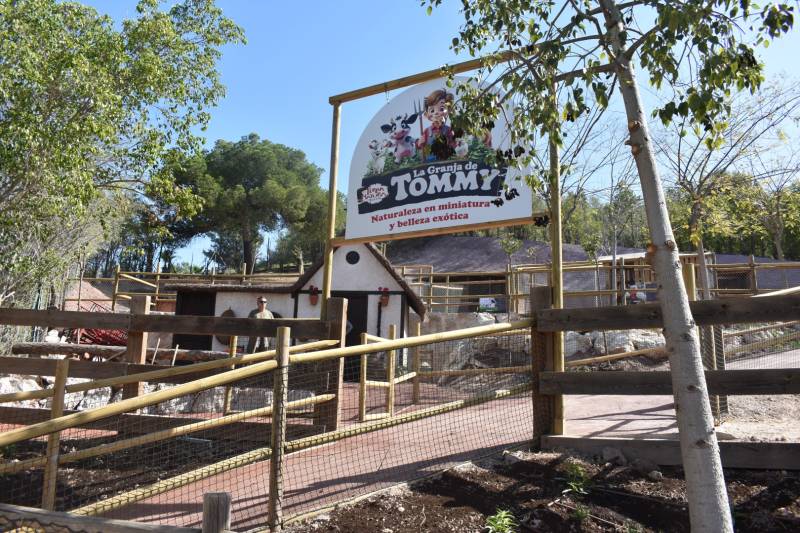- Region
- Águilas
- Alhama de Murcia
- Jumilla
- Lorca
- Los Alcázares
- Mazarrón
- San Javier
-
ALL AREAS & TOWNS
- AREAS
- SOUTH WEST
- MAR MENOR
- MURCIA CITY & CENTRAL
- NORTH & NORTH WEST
- TOWNS
- Abanilla
- Abarán
- Aguilas
- Alamillo
- Alcantarilla
- Aledo
- Alhama de Murcia
- Archena
- Balsicas
- Blanca
- Bolnuevo
- Bullas
- Cañadas del Romero
- Cabo de Palos
- Calasparra
- Camping Bolnuevo
- Campo De Ricote
- Camposol
- Canada De La Lena
- Caravaca de la Cruz
- Cartagena
- Cehegin
- Ceuti
- Cieza
- Condado de Alhama
- Corvera
- Costa Cálida
- Cuevas De Almanzora
- Cuevas de Reyllo
- El Carmoli
- El Mojon
- El Molino (Puerto Lumbreras)
- El Pareton / Cantareros
- El Raso
- El Valle Golf Resort
- Fortuna
- Fuente Alamo
- Hacienda del Alamo Golf Resort
- Hacienda Riquelme Golf Resort
- Isla Plana
- Islas Menores & Mar de Cristal
- Jumilla
- La Azohia
- La Charca
- La Manga Club
- La Manga del Mar Menor
- La Pinilla
- La Puebla
- La Torre
- La Torre Golf Resort
- La Unión
- Las Palas
- Las Ramblas
- Las Ramblas Golf
- Las Torres de Cotillas
- Leiva
- Librilla
- Lo Pagan
- Lo Santiago
- Lorca
- Lorquí
- Los Alcázares
- Los Balcones
- Los Belones
- Los Canovas
- Los Nietos
- Los Perez (Tallante)
- Los Urrutias
- Los Ventorrillos
- Mar De Cristal
- Mar Menor
- Mar Menor Golf Resort
- Mazarrón
- Mazarrón Country Club
- Molina de Segura
- Moratalla
- Mula
- Murcia City
- Murcia Property
- Pareton
- Peraleja Golf Resort
- Perin
- Pilar de la Horadada
- Pinar de Campoverde
- Pinoso
- Playa Honda
- Playa Honda / Playa Paraíso
- Pliego
- Portmán
- Pozo Estrecho
- Puerto de Mazarrón
- Puerto Lumbreras
- Puntas De Calnegre
- Region of Murcia
- Ricote
- Roda Golf Resort
- Roldan
- Roldan and Lo Ferro
- San Javier
- San Pedro del Pinatar
- Santiago de la Ribera
- Sierra Espuña
- Sucina
- Tallante
- Terrazas de la Torre Golf Resort
- Torre Pacheco
- Totana
- What's On Weekly Bulletin
- Yecla


- EDITIONS:
 Spanish News Today
Spanish News Today
 Alicante Today
Alicante Today
 Andalucia Today
Andalucia Today
ARCHIVED - Murcian regional president calls for Cartagena aquifer to be emptied out
He claims that the nitrate-laden waters “do not come from agricultural activity” but “come from the aquifer”
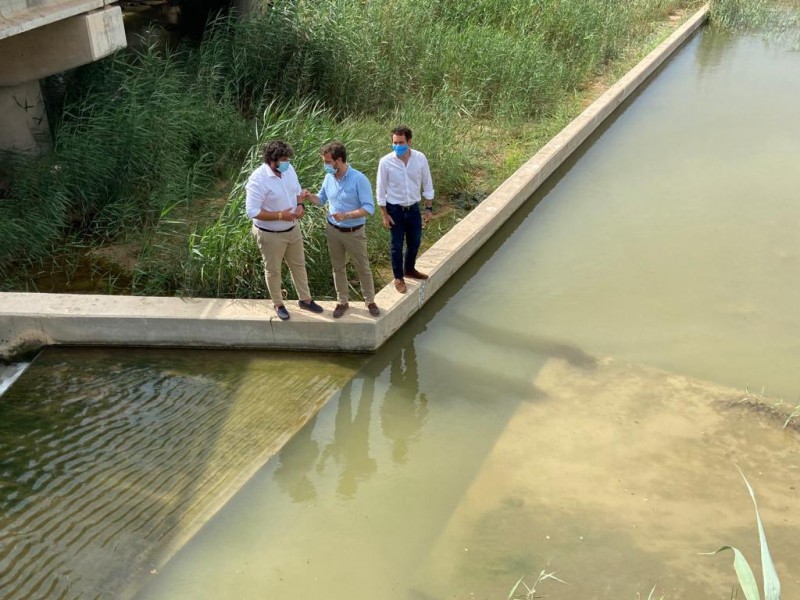
The Murcian regional government continues to deny that it is in any way responsible for the current situation in the Mar Menor and instead reiterates its calls that the national government of Spain take control of what it refers to as a “natural disaster” and find funding and resources to deal with the local situation, obviously taking full responsibility for the man-made disaster that has been in the making for the last 30 years.
Yesterday the national president of the PP, Pablo Casado, visited the region, one of his stop-offs being the Rambla del Albujón, which continues to pour millions of litres of agricultural run-off, laden with nitrates, into the Mar Menor on a daily basis; yesterday regional president, Fernando López Miras, stated that 30 million litres of fresh water and 5,000 kilos of nitrates are discharged into the Mar Menor every day.
Ecologists and scientists are in no doubt themselves that the principal way in which to limit further damage to the Mar Menor is to stop the combination of fresh water and nitrates being discharged into the lagoon, but how this is to be done is proving to be a major stumbling block.
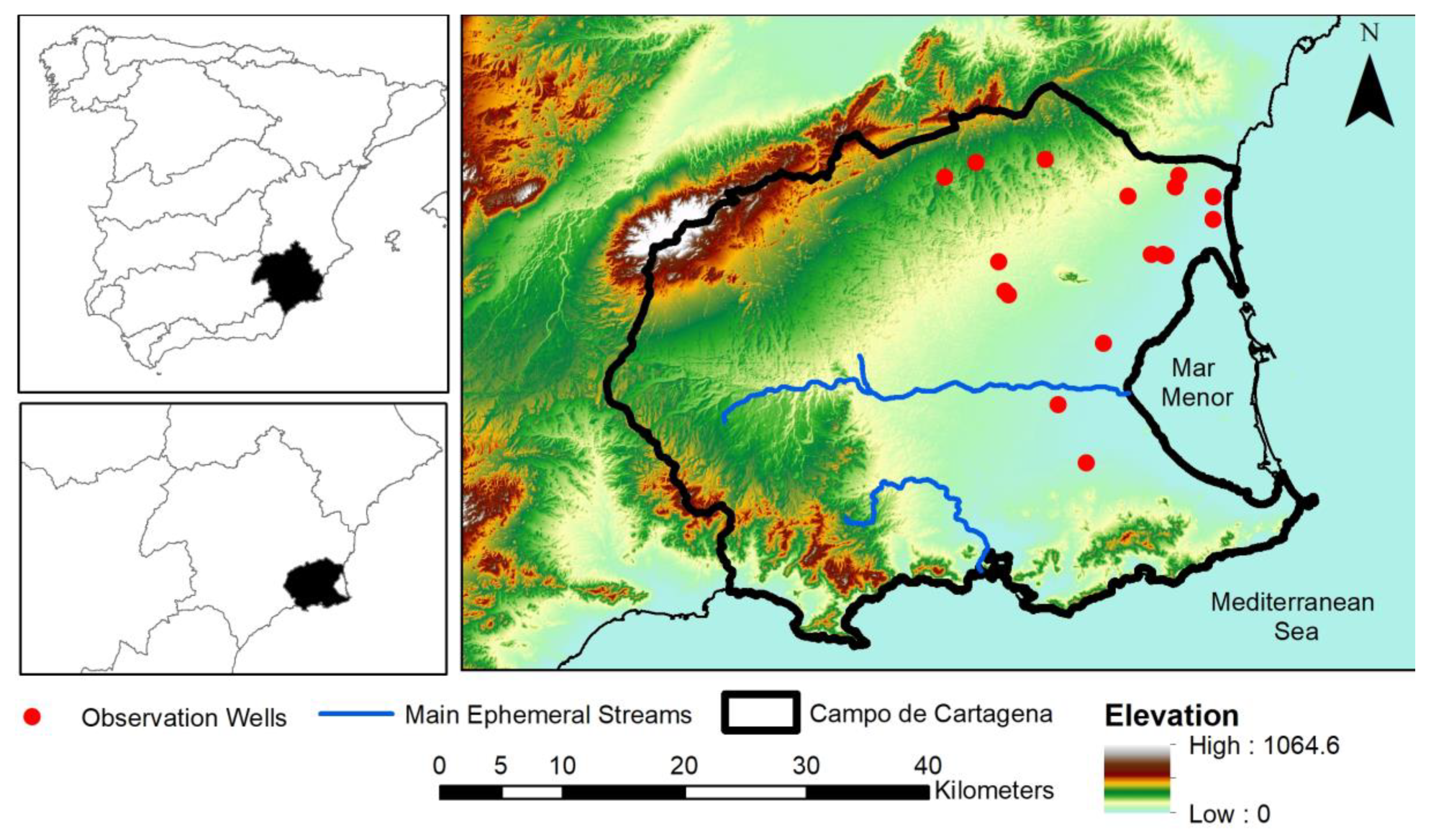
The Cartagena aquifer covers a vast area beneath the Campo de Cartagena (covering approximately 1600 km2 surrounded by mountainous terrain except where it borders with the Mar Menor and which slopes gently towards the lagoon) and contains billions of litres of water, spread across various permeable layers.
Although there are a significant number of private wells legally extracting water from the aquifer, there are also a large number of illegal wells, bored by the agricultural sector, which have not only been extracting the water from the aquifer, which is largely saline, but have built illegal desalination plants with which to clean the water by desalination, generating a concentrated, salty brine, which they have then been emptying back into the aquifer, before using the cleaned water for irrigation, adding nitrates, which in turn leach back down through the soil or flow into channels which then discharge into the Mar Menor, the net result being that the water in the aquifer has become increasingly contaminated with nitrates and the salty brine dumped by the agriculturalists and the Mar Menor has suffered algal blooms due to the high presence of nitrates.
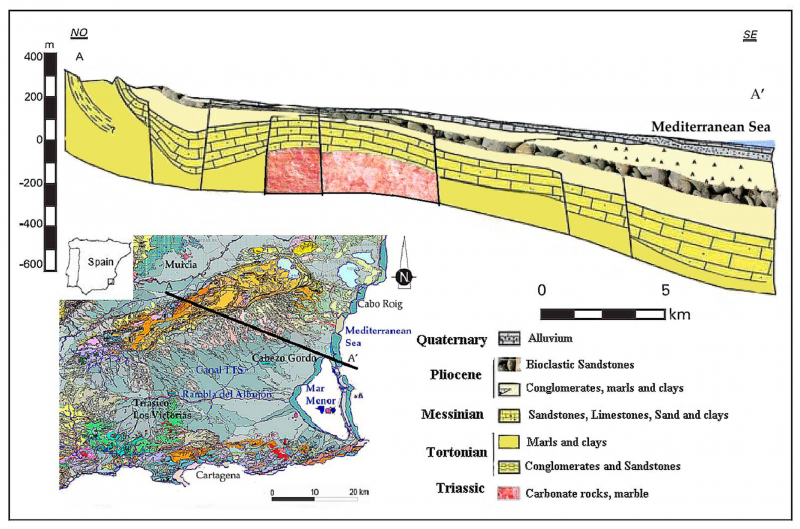
The regional premier said that the aquifer contains 300,000 tons of nitrates “from the last decades of activity" yet in almost the same breath claimed that “the discharges that arrive daily at the lagoon do not come from agricultural companies but from the aquifer”.
According to the Mar Menor Protection Law which was finally passed in July 2020, when illegal irrigation is detected within 1,500 metres of the coast of the lagoon it is the responsibility of the regional government to ensure that the land is returned to its original condition. This is because the use of nitrates and phosphates as nutrients on the land leads to the bloom of seaweed and algae when runoff water reaches the Mar Menor, as it inevitably will in times of heavy rain and when, as is the case now, the level of water in the aquifer beneath the Campo de Cartagena is unusually high.
This legislation essentially recognizes that the main problem threatening the Mar Menor is irrigation farming, but still its economic importance makes the authorities reluctant to implement any measures which are harmful to the powerful sector and will undeniably cost them votes in the next elections.
Since 2019 more than 200 illegal water treatment plants have been taken out of use, and on Sunday the Murcia government department of Water, Agriculture, Farming, Fishing and the Environment stated in a press release that after receiving notification of 123 cases of illegal irrigation it has ordered the cessation of all such farming activity on 940 hectares of land, and that the figure will soon rise to 1,424 hectares.
But at the same time the CHS has sent 132 requests for the restoration of land to its original condition to the regional government, and is unaware of any action having been taken at all by the relevant government department on any of them; not one plot has been restored to its original condition, yet the documentation was presented in 2018 and concerns a total area of 2,278 hectares.
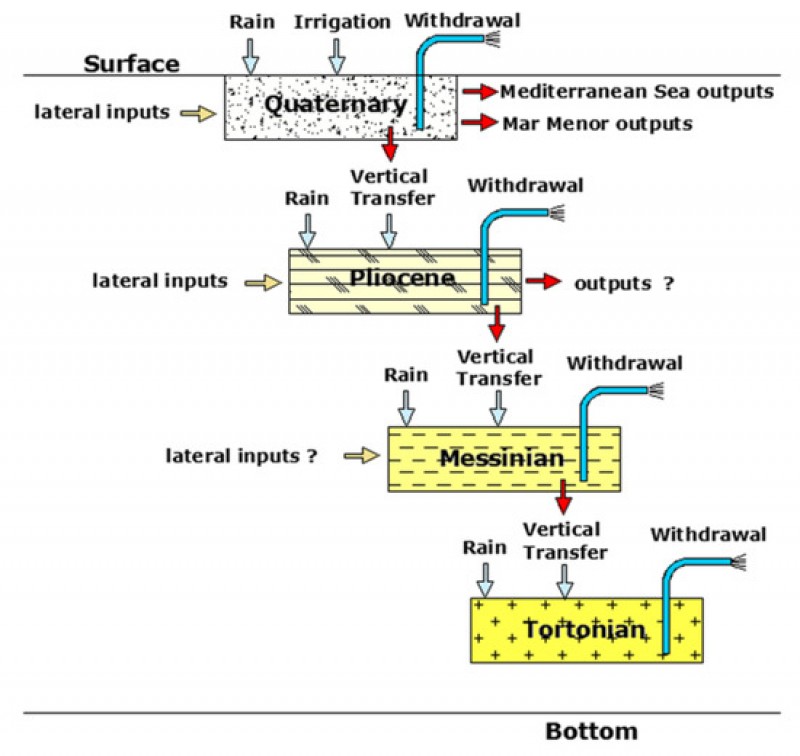
However, this is just the tip of the iceberg and although criminal prosecutions are being brought against the farmers concerned, not one has yet been sanctioned.
The regional government is currently involved in a war of words with the national government, claiming that the inaction of the national government has caused the current problems, the finger pointed at the CHS which manages the waterways, ramblas and aquifers, including the rambla del Albujón, currently the source of so much attention.
Yesterday significant political mileage was garnered from the breakdown of the pumping station which removes 150 litres of water per second from the rambla and pumps it to a purification plant where it is cleaned and sent to the agricultural sector for irrigation for two and a half hours before it was fixed, but the pumping station has broken down frequently in the last few years and for several months was out of action altogether.
The CHS maintains that the infrastructure of the pumping station is not to “capture nutrient-laden water in order to prevent it entering the Mar Menor, but to supply irrigation water originating in the drainage system of the Campo de Cartagena” which it fulfills.
"The aforementioned facility cannot be charged with the responsibility of preventing nitrates from circulating throughout the Campo de Cartagena basin, among other issues because it can only capture what its hydraulic capacity allows, which is a small percentage of all volumes that drain into the Mar Menor ", points out the CHS.

On Tuesday, the regional president called for the "emptying the aquifer, which is already contaminated, because it has 300,000 tons of nitrates from the last decades of activity, " maintaining that if all economic activity in the Mar Menor were to cease today, scientists say that "during the next 50 years, nitrate discharges would continue to arrive in the Mar Menor."
For this reason, he says, the aquifer must be emptied, because "it is loaded with 300,000 tons of nitrates that reach the Mar Menor through the subsoil and boulevards and must be discharged."
As long as this is not done, thousands and thousands of kilos of nitrates will continue to arrive every day in the Mar Menor, "he said in an interview with Espejo Público.
Sadly, this type of comment does nothing more than contribute to the misinformation which is being spread in order to try and deny that the regional authorities are in any way responsible for the current problems and set up a smokescreen. For the regional president to make such an ill-informed statement is frankly, embarrassing, the impracticalities of draining the aquifer and finding another location in which to dump this volume of contaminated water beyond comprehension.
It is practical to envisage the creation of an alternative network of drainage channels which can redirect water to additional purification falities which can clean it and send it to the agricultural sector instead of using the Trasvase, but the engineering implications and money involved in such a scheme is enormous and the continued abuse of the aquifer over decades has now contributed to a major issue, which is in turn, affecting the Mar Menor as we are experiencing now.
But the volume of water concerned is enormous and dozens of studies and projects have already been undertaken since the lagoon first turned green in 2016, with no firm projects initiated to deal with stopping the existing run-off into the lagoon from the el Albujón rambla altogether.
On Wednesday national Minister Teresa Ribera is visiting Murcia to see the current problems in the Mar Menor and meet with the regional premier, but following years of insisting that the Murcian regional government has all the powers it requires with which to deal with the problem at a local level, she is unlikely to be willing to start taking on responsibility for the issue now, be handing over an open cheque book or even any admission of responsibility.
Click here for a more detailed analysis of how and why the Mar Menor has deteriorated in recent decades.
Images: MDPI
Cartagena
El Carmoli
Islas Menores and Mar de Cristal
La Manga Club
La Manga del Mar Menor
La Puebla
La Torre Golf Resort
La Union
Los Alcazares
Los Belones
Los Nietos
Los Urrutias
Mar Menor Golf Resort
Pilar de la Horadada
Playa Honda / Playa Paraiso
Portman
Roldan and Lo Ferro
San Javier
San Pedro del Pinatar
Santa Rosalia Lake and Life resort
Terrazas de la Torre Golf Resort
Torre Pacheco
Aledo
Alhama de Murcia
Bolnuevo
Camposol
Condado de Alhama
Fuente Alamo
Hacienda del Alamo Golf Resort
Lorca
Mazarron
Puerto de Mazarron
Puerto Lumbreras
Sierra Espuna
Totana
Abaran
Alcantarilla
Archena
Blanca
Corvera
El Valle Golf Resort
Hacienda Riquelme Golf Resort
Lorqui
Molina de Segura
Mosa Trajectum
Murcia City
Peraleja Golf Resort
Ricote
Sucina
Condado de Alhama
El Valle Golf Resort
Hacienda del Alamo Golf Resort
Hacienda Riquelme Golf Resort
Islas Menores and Mar de Cristal
La Manga Club
La Torre Golf Resort
Mar Menor Golf Resort
Mazarron Country Club
Mosa Trajectum
Peraleja Golf Resort
Santa Rosalia Lake and Life resort
Terrazas de la Torre Golf Resort
La Zenia
Lomas de Cabo Roig

CAMPOSOL TODAY Whats OnCartagena SpainCoronavirusCorvera Airport MurciaMurcia Gota Fria 2019Murcia property news generic threadWeekly Bulletin












